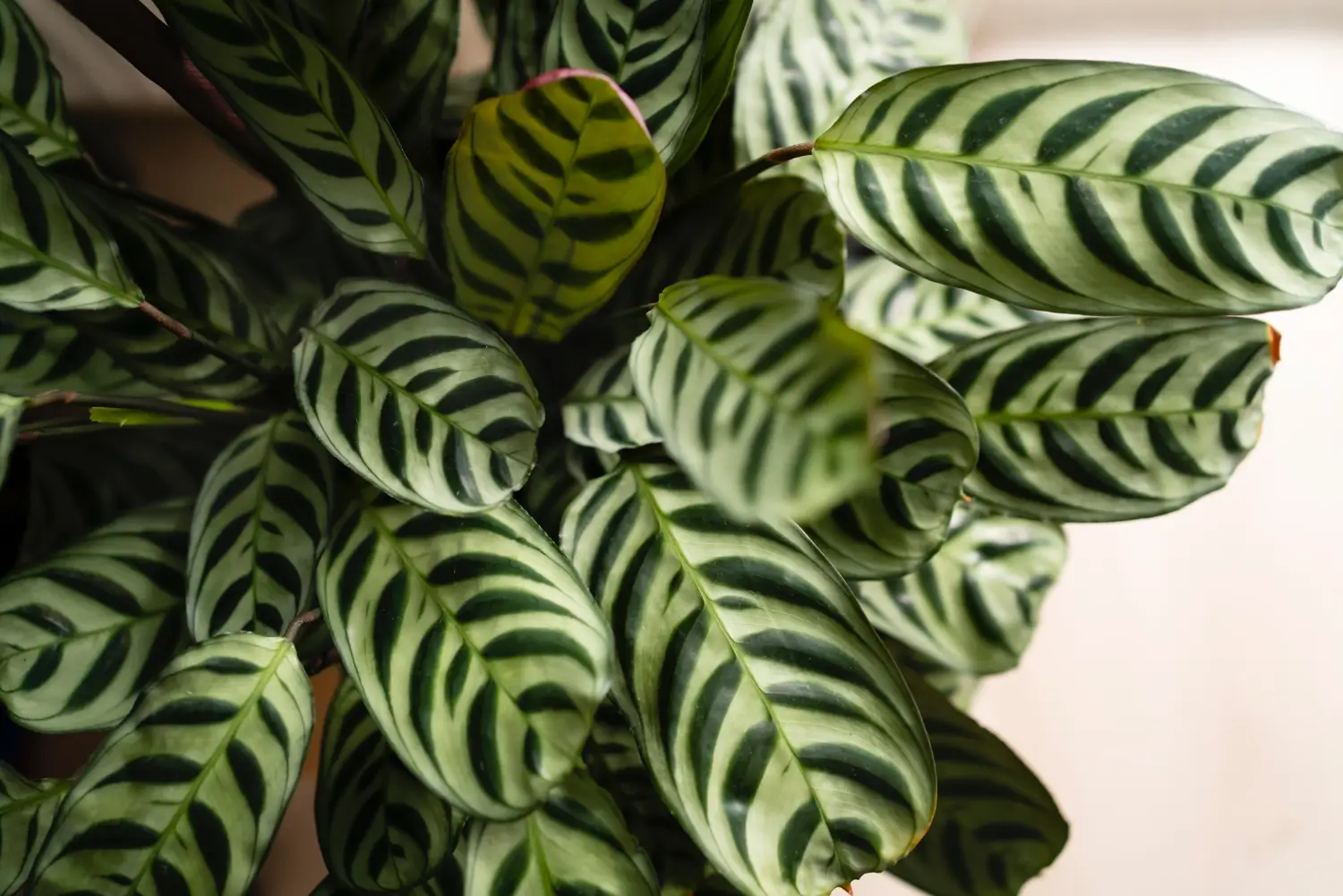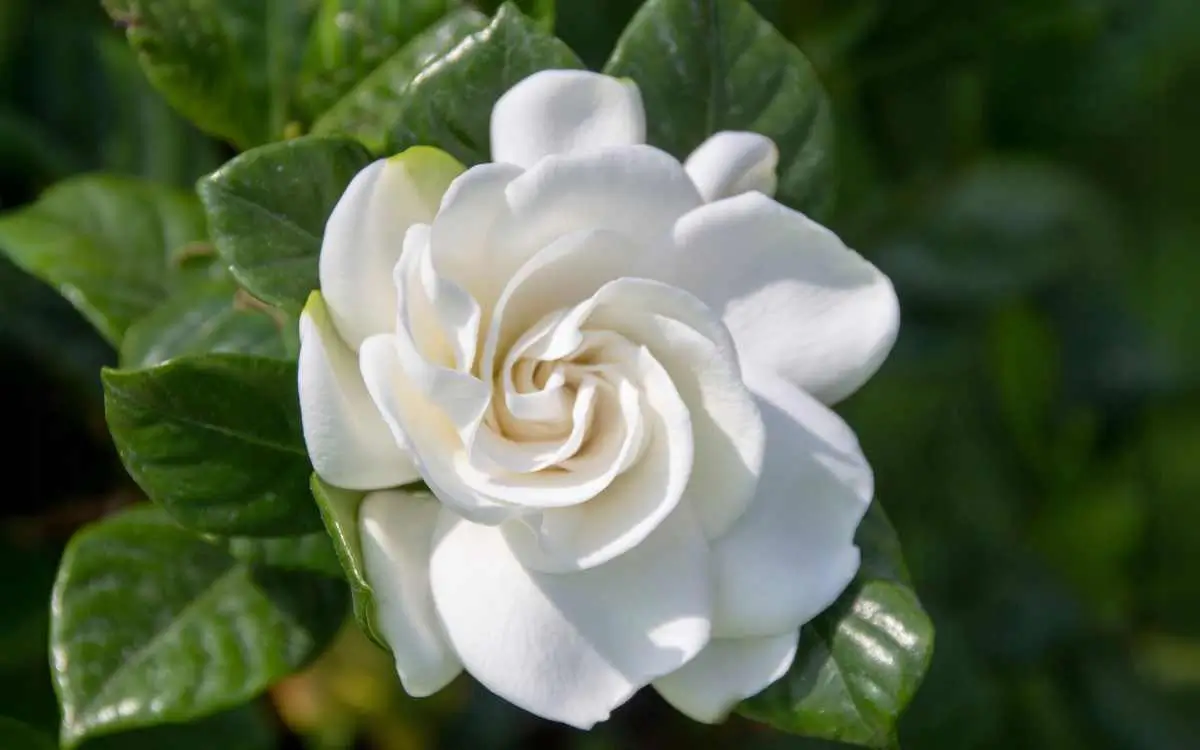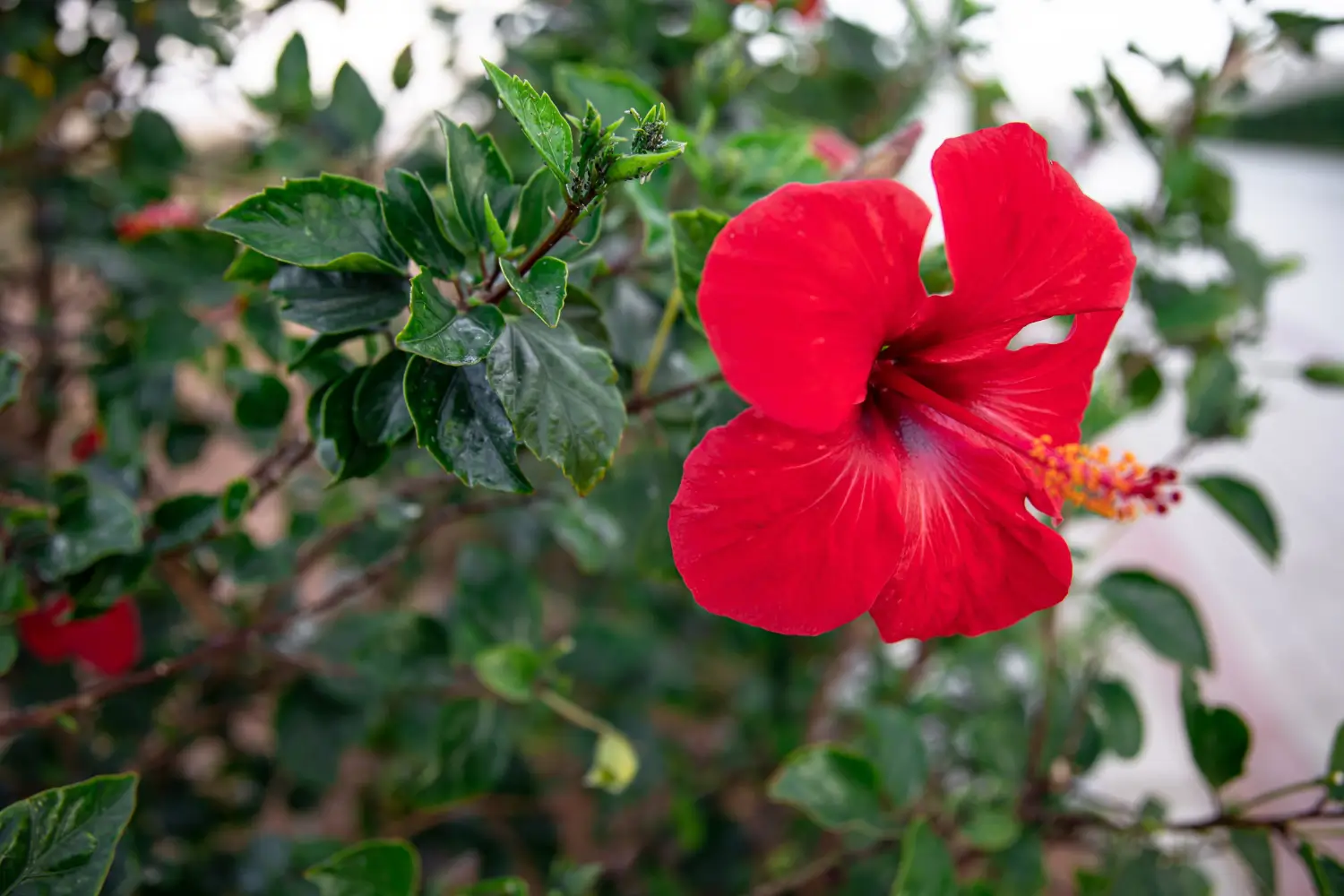
Soil Health & Fertilization
We unite suppliers and green industry professionals worldwide
Meet Calathea Fasciata! This tropical beauty is part of the Marantaceae family, also known as the "prayer plant" family
By Victor Miller
|Published on June 15, 2025


“Plants give us oxygen for the lungs and for the soul. – Terri Guillemets
Want a houseplant that demands attention with its showy foliage? Meet Calathea Fasciata! This tropical beauty is part of the Marantaceae family, also known as the "prayer plant" family. The plant is prized for its large glossy leaves with dark green stripes and deep purple undersides, which make it a show-stopper in any indoor plant collection.
Native to South American rainforests, the Calathea Fasciata has a unique trick, it moves! Its leaves extend and fold up at night as though in prayer, reacting to light all day long. But if it’s a visual beauty, it’s also notorious for being fussy about how to grow. It needs high humidity, appropriate watering and the right light conditions to keep it happy.
Sounds challenging? Don’t worry! If you have the proper knowledge, you can grow and care for Calathea Fasciata with success. Let’s dive into everything you need to know!
| Botanical name | Calathea fasciata |
| Type | Evergreen perennial (houseplant) |
| Mature Size | 1–2 ft. tall and 1–2 ft. wide |
| Bloom Time | Rarely blooms indoors |
| Flower Color | White to pale purple (when it blooms) |
| Light Requirements | Bright, indirect light |
| Soil Type | Moist, well-draining, slightly acidic soil |
| Hardiness Zones | 11–12 (typically grown indoors in most climates) |
| Toxicity | Non-toxic to pets |

September 25, 2025
9 minute read
September 24, 2025
9 minute read
September 23, 2025
10 minute read
September 22, 2025
9 minute read


Join as a seller and connect with thousands of B2B buyers nationwide!
Sign Up

Gardenia
A Beautiful Flower with an Alluring Fragrance

Hardy Hibiscus
A Cold-Hardy Perennial That Brings Exotic Flair to Temperate Climates

Hardy Kiwi
A Cold-Hardy Vine That Bears Sweet, Tangy Fruit in Your Own Backyard

False Palm
False Palm is an exquisitely attractive plant with long, narrow or deeply cleft leaves that resembles a real palm but is very low maintenance. False Palm, though not a true palm — its leaves belong to other plant families — has the graceful, upright growt
While Calathea Fasciata may be a challenging plant for a novice to keep, once you get to know it, it will reward you with the occasional extravagant display. The trick to success is replicating its natural tropical setting — lots of humidity, heat and meticulous watering techniques.
Calathea Fasciata's health is greatly affected by light. It loves bright, indirect light, similar to dappled sunlight coming through the roof of a rainforest. To meet its ideal lighting conditions, put the plant near an east- or north-facing window, which will provide it with soft morning light. If you live in a place with south- or west-facing windows, make sure to have sheer curtains to diffuse the harsher sun. It is a low-light tolerant plant, but its growth will slow and its colors will fade.
You absolutely need to avoid direct sunlight, as it will burn the leaves, creating brown, crispy edges. But too little light will leave you with a leggy plant with leaves that are dull in color. If natural light is not enough, supplement with a grow light for 8-10 hours a day.
The soil for Calathea Fasciata should be light, well-draining, and capable of retaining moisture without getting soggy. Too dense or compact soil mixes can smother the root systems and cause root rot. When planting your Calathea Fasciata, a mixture of the following would be suitable for good soil drainage:
Avoid heavy garden soil, which tends to retain excess moisture, and sand-heavy mixes, which drain too much and are low in nutrients.
In terms of watering the Calathea Fasciata, it needs a little finesse. The plant enjoys moist soil, but overwatering can cause fungal diseases and root rot. Water the plant when the top inch of soil is dry to the touch, usually every 5-7 days. Use filtered, distilled, or even rainwater to prevent tap water from building up minerals.
Water slowly, allowing it to drain from the bottom, never allowing the plant to sit in water. Don’t underwater, as this can lead to crispy leaf edges and curling leaves. It’s not possible to give your plants too much love, but overwatering can ruin them, too, and make leaves yellow and stems mushy. If using tap water, let it sit out overnight to allow chlorine and fluoride to evaporate, preventing leaf spotting.
Calathea Fasciata prefers high humidity and warmth. Brown leaf tips and edges also develop if the air is too dry. Optimal humidity levels are considered to be between 60-80%, and the optimal temperature 65-80°F (18-27°C).
To boost humidity, use a humidifier, stand the plant on a pebble tray filled with water or group plants to form a microclimate. It’s good to avoid putting the plant near air conditioners or heaters for drafty windows that will dry out the air too much.
Calathea Fasciata does not need heavy pruning but occasional trimming can help keep its fresh and vibrant appearance. Snip off any yellowing or damaged leaves to promote healthy growth. Make a clean cut with sterilized, sharp scissors at the base of leaf stem. Dust that settles on leaves can block out sun; you can also wipe your plants’ leaves with a damp cloth to remove dust so they can better photosynthesize.
Water Calathea Fasciata when the top soil feels dry. Generally, this translates to a watering cycle of 5-7 days, depending on your home’s humidity and temperature level. Use filtered, distilled, or rainwater – never tap water (unless your tap water is very soft) as it can build up minerals that can damage the plant.
Usually, dry air or low humidity causes brown edges on leaves. Grow Calathea Fasciata in 60–80% relative humidity. Raise the humidity around the plant with a humidifier, a pebble tray or grouping of plants.
Although Calathea Fasciata can survive in low light, it will not prosper. Its growth will slow down, and the colors in the leaves may fade. If you want your plant to thrive, put it in a spot with bright, indirect light — like an east- or north-facing window. If you cannot get enough natural light, use a grow light.

Soil Health & Fertilization
Victor Miller

Pest Identification & Prevention
Victor Miller

Lawn Care Tips & Maintenance
Victor Miller

Soil Health & Fertilization
Victor Miller

Smart Irrigation Systems
Victor Miller

Patios, Walkways & Driveways
Victor Miller

Soil Health & Fertilization
Victor Miller

Pest Identification & Prevention
Victor Miller
My Account
Our team is always here to help.
We are open Monday - Friday, 9:00 AM to 4:30 PM PST.